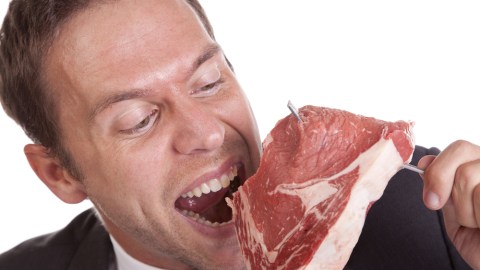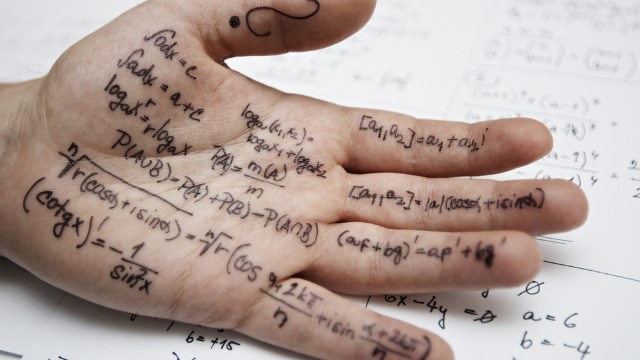Is it Ethical to Eat Faux Meat?

Would you eat a thick, juicy steak? What if it were grown in a lab and printed using new 3D printing techniques originally developed to grow regenerative tissue for medical purposes? Thanks to new technologies already on the horizon, it will soon be able to produce protein-rich steak in miniature cubes, each of them half-a-millimeter thick, using a 3D bio-printer. The always-controversial Peter Thiel – who famously offered to pay college-age kids $100,000 each if they didn’t go to college and instead become an entrepreneur – is once again stirring up the waters, this time with a grant from his Breakout Labs of more than $200,000 to a Missouri company, Modern Meadow, that makes faux meat from real animal cells. How we as a society answer the question of faux meat has a lot to tell us about the way we will answer other ethical questions raised by imminent technological progress.
At first glance, the concept of faux meat would seem to demolish the standard argument of ethical vegetarians and anyone else who refuses to eat animals on ethical grounds. The standard Pete Singer “Animal Liberation” argument that humans ought to choose survival options that do not cause unnecessary harm to animals also goes out the window. After all, these new 3D printers will essentially build up printed items, layer by layer, using animal cells that have been grown in a lab. Eating faux meat, then, does not kill or involve any harm or cruelty to sentient beings. No more worrying about whether or not your cow has been grass-fed if your cow has been grown in a lab.
Even the whole environmental argument against eating meat seems to vanish into thin air. All those harmful byproducts of the cattle industry? All the waste products created by the agricultural industry to support the breeding of these cattle? Those are a thing of the past, too. Instead of ranchers and butchers and an ugly trail of processed meat as it makes its way to your local supermarket, you now have scientists and designers in their labs, quietly working away on their souped-up MakerBots.
You can almost imagine the libertarian futurist Peter Thiel grinning now, realizing that he’s just thrown us another technological curve ball with the creation of delicious, guilt-free real meat. But will the ability to print faux, 3D meat on demand really spur us to think creatively about the future once again, or will we get lost in the implications of this new technology?
Exciting as the future of faux meat may be (for both vegetarians and meat-eaters), it’s easy to see how critics could attempt to destroy the idea of 3D porterhouse steaks by sending them through a Pandora’s Meat Grinder of new warnings and ethical arguments. Watch enough Pundit TV and you realize that we could soon be hearing reports of entire industries decimated and the loss of tens of thousands of farming and ranching jobs due to new 3D printing technologies. What about the steakhouses thrown out of business and the loss of artisanal skills handed down from generation-to-generation in the face of robot-grown meat? Surely, we’ll face the subdivision of society into the meat have’s and the meat have-not’s, as the top 1% continue to feast on expensive, dry-aged beef from real cattle, while the rest of us are left with cheap processed protein cubes grown in a lab. Or, we will hear that attempting to create 3D faux meat is man’s hubris once again, as we attempt to play God by cooking up a fresh batch of “Frankenfoods.”
Just from the above, it’s easy to see how our view of the future is inextricably bound with what we perceive to be the morality of the new technologies creating this future. The decision of whether or not to eat faux 3D meat printed in the labs is just one example of the types of ethical dilemmas that we will have to face with the onslaught of the Singularity. We can choose to imagine our technological future as a bleak one, one in which we’re fed tasty protein morsels by our robot masters as we meekly merge with machines. Or, we can triumphantly point to a bright, shining future in which Molecular Gastronomy kitchens, filled with 3D printers, enable us to deconstruct our favorite foods to their basic molecular components, and then build them back up again using iterative, 3D printing techniques that are good for man, animals and the environment.
image: Taking a Big Bite Out of a Raw Steak / Shutterstock




